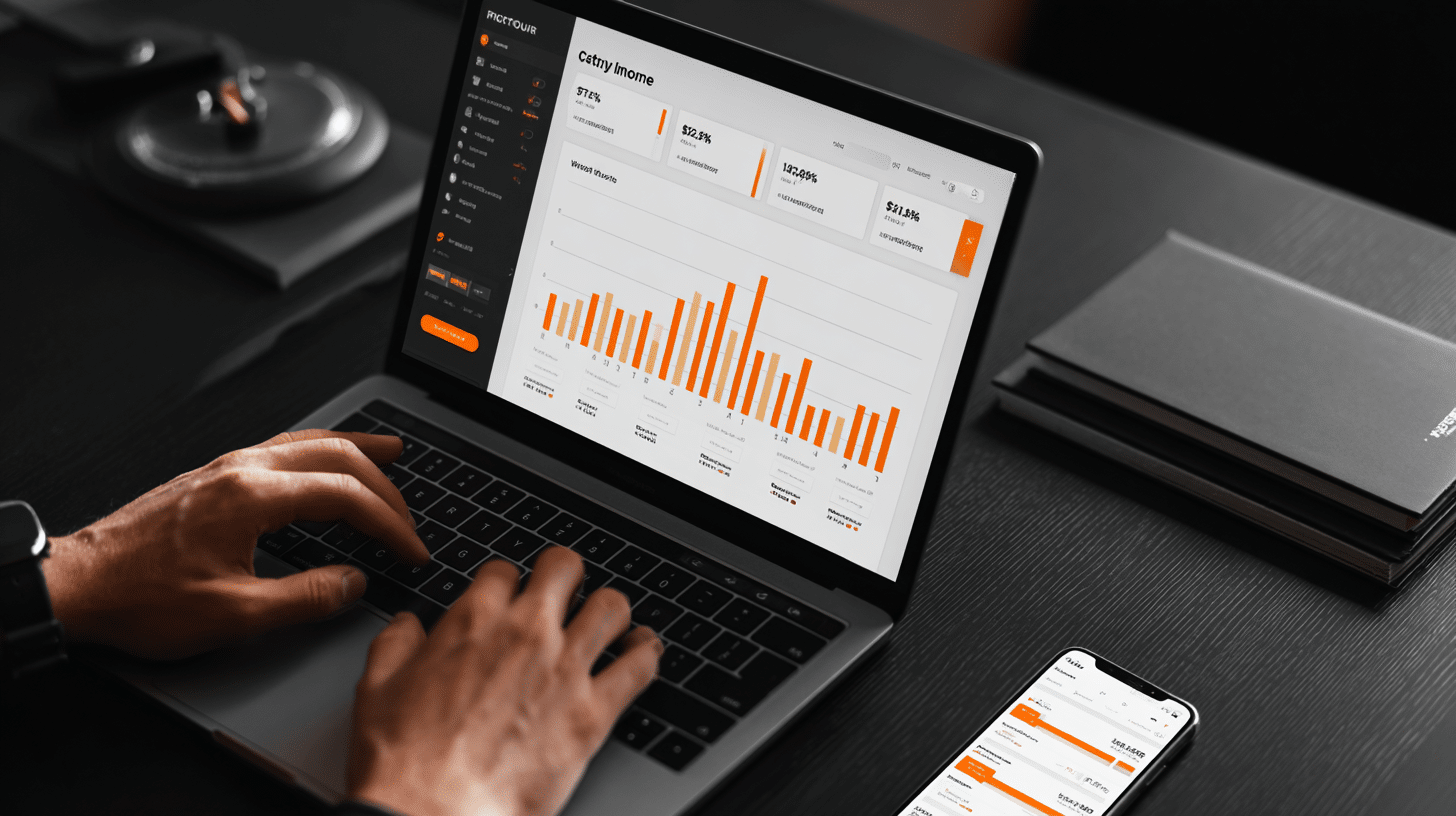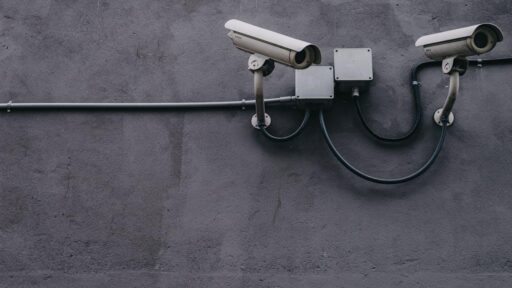E-commerce pricing has evolved from static rate cards to sophisticated, data-driven systems that respond to market changes within minutes. The pressure to maintain competitive positioning while protecting margins has pushed retailers toward automated solutions that track competitor movements around the clock. Industry data indicates growing adoption of competitor pricing software as retailers seek real-time market insights to inform pricing decisions. This shift reflects broader market dynamics where pricing agility directly impacts sales velocity and customer acquisition costs.
Understanding how competitors price their products, when they launch promotions, and how they respond to demand fluctuations provides the foundation for effective pricing strategies. Retailers operating across multiple channels face particular challenges in maintaining price consistency while adapting to regional competition. The question isn’t whether to monitor competitor prices, but rather how to do so efficiently at scale without draining operational resources.
Why Real-Time Price Intelligence Matters for Online Retailers
Market conditions in e-commerce shift rapidly, with pricing trends and competitor activities changing multiple times per day during peak seasons. Retailers who rely on weekly manual checks find themselves consistently behind market movements, losing sales to competitors who adjust faster. The velocity of these changes has made traditional spreadsheet-based tracking obsolete for any business serious about market share growth.
Price positioning affects more than immediate sales figures. Search algorithms on major marketplaces factor pricing competitiveness into visibility rankings, meaning overpriced products get buried regardless of quality. Customers increasingly use price comparison engines before purchasing, making it essential to know where your products stand relative to alternatives.
The Cost of Manual Price Tracking
Organizations attempting manual competitor monitoring face resource constraints that limit effectiveness:
- Time investment scales poorly – Checking prices across 50 products on 10 competitor sites requires 500 manual lookups daily, consuming hours that could drive strategic initiatives
- Human error introduces inaccuracies – Mistyped prices or missed promotions lead to flawed decisions that can persist for weeks before detection
- Delayed response windows – By the time manual checks identify competitor price drops, sales opportunities have already shifted
- Limited historical context – Spreadsheets capture snapshots but fail to reveal patterns in seasonal pricing or promotional cadences that inform strategy
These limitations compound as product catalogs expand. A retailer with 1,000 SKUs monitoring five competitors would need to track 5,000 price points—a task that quickly overwhelms manual processes and produces data too stale to support dynamic pricing decisions.
Core Components of Effective Price Monitoring Systems
Modern price tracking infrastructure operates through interconnected components that automate data collection, analysis, and action. Automated data collection forms the foundation, with crawlers scanning competitor websites to extract current prices, stock status, and promotional details. These systems navigate diverse site structures, handling bot protection mechanisms that would block manual access attempts.
Once collected, pricing data flows into analytical engines that identify patterns and anomalies. The software matches products across retailers using SKU numbers, product descriptions, or image recognition—ensuring accurate comparisons between identical products rather than mixing different versions or configurations.

Automated Data Collection and Analysis
Effective price monitoring systems provide several critical capabilities that manual methods cannot replicate:
- Multi-site crawling at scale – Simultaneous monitoring of dozens or hundreds of competitor websites updates pricing databases hourly or more frequently depending on configuration
- Instant alert triggers – Notifications fire when competitors drop prices below thresholds, launch promotions, or stock out of key items, enabling immediate tactical responses
- Historical trend analysis – Price history charts reveal seasonal patterns and competitor strategies over weeks or months, informing promotional planning and inventory decisions
- Repricing automation – Rule-based systems automatically adjust your prices based on competitor actions, maintaining target positioning without manual intervention
Consider a practical scenario: An electronics retailer monitors 15 competitors across 500 products. Their system detects that a major rival dropped laptop prices by 8% to clear inventory before new model releases. Automated alerts notify the pricing team within minutes, and pre-configured rules immediately adjust their prices by 5% on directly competing models while holding firm on differentiated products with stronger margins.
Research from McKinsey on retail pricing strategies indicates that retailers using advanced pricing analytics achieve margin improvements of 2-5% compared to those relying on traditional methods. AI-powered crawlers efficiently navigate even bot-proof websites, while machine learning improves product matching accuracy over time. Integration with e-commerce platforms through APIs enables seamless price updates across selling channels, ensuring consistency without duplicate manual work.
Building a Competitive Pricing Strategy That Scales
Strategic implementation of competitor price monitoring requires more than technology deployment—it demands clear objectives and governance frameworks. Retailers must define which competitors matter most for different product categories, recognizing that value brands compete differently than premium sellers even when offering similar products. The goal isn’t matching every competitor’s price but rather maintaining positioning that aligns with brand strategy while capturing market opportunities.
Successful pricing strategies combine automated monitoring with human judgment. While systems track competitor movements and flag opportunities, pricing managers provide context about margin requirements, inventory positions, and promotional calendars that algorithms cannot fully optimize alone.
Implementation follows a structured progression:
- Establish baseline metrics – Document current pricing relative to key competitors across your catalog to identify gaps and opportunities before automation begins
- Configure monitoring scope – Select which competitors and marketplaces to track based on actual customer overlap and strategic importance
- Define repricing rules – Create logic that automatically adjusts prices based on competitive position while respecting margin floors and promotional schedules
- Test incrementally – Start automated repricing on low-risk categories to validate rules before expanding to high-volume or strategic products
- Review performance regularly – Analyze how pricing changes affect sales velocity, margins, and competitive rankings to refine approaches over time
Market intelligence from pricing systems extends beyond competitor rates to encompass product availability, promotional timing, and assortment gaps that inform broader merchandising decisions. Technology research firms note that pricing optimization has become a critical differentiator in markets with thin margins. Automated systems capture incremental sales that manual processes would miss, while customer expectations for competitive pricing have become universal across categories.







